Double Helical Gear
Double helical gears are a variation of helical gears in which two helical faces are placed next to each other with a gap separating them. Each face has identical but opposite helix angles. Employing a double-helical set of gears eliminates thrust loads and offers the possibility of even more significant tooth overlap and smoother operation.
Double Helical Gear
A combination of left-handed and right-handed helical gears(Double Helical Gear) with the same twist angle is called a double helical gear. Double helical gears transmit rotational motion between two parallel shafts.
Double helical gears have all of the advantages of helical gears, which are strong and quiet, plus have the benefit of canceling the thrust forces by combining helical gears with both right and left-hand twists. On the other hand, they have the disadvantage of being difficult to manufacture.
Double helical gears and herringbone gears are the same types of gear, but those with a groove in the center are called double helical gears, while those without a track where the left and right teeth meet in the center are called herringbone gears.
Advantages of double-helical gears (Double Helical Gear):
- Double helical gears are similar to a worm gear, but the teeth are on two opposite sides of the gear, which provides a reduction ratio of 1:2.
- Double helical gears have very high load capacity and are suitable for heavy-duty applications.
- They have a large number of teeth, which helps reduce heat build-up. Hence they can last longer.
- They provide an increased reduction ratio in comparison to standard worms gears.
- Helical gears can be used with both parallel and non-parallel shafts.
- The tooth profile is more efficient than that of a worm gear.
- Double helical gears have fewer parts in comparison to worms gears.
- They produce low noise.
- Double helical gears are better at cutting curves compared to spur gears.
- Double helical gears are manufactured using two spiral-shaped surfaces on a single gear, making them more robust than the normal ones.
- Double helical gears are very smooth at gear operations.
- Double helical gears are simple and easy to use, making them economical for most applications.
- They are more efficient because they transfer power between the input and output shafts, providing a significant amount of power to the output shaft with less mechanical energy required at the input.
- They have a high-efficiency factor that is determined by their ratio, which is often significantly higher than other types of gear teeth (such as spur or bevel).
 Similarities between single helical gear and double-helical gear
Similarities between single helical gear and double-helical gear
- Like every gear drive, these two are also engagement-type mechanical drives. A chain drive is another example of the same. Though belt drive is one mechanical drive, it is one friction drive.
- In both cases, teeth are cut in the form of a helix on the pitch cylinder of the gear blank. The hand of the helix is, however, different in two cases.
- In both, the cases teeth of two mating gears come in contact gradually. Thus vibration, noise, and teeth wear rate is reduced substantially compared to spur gear.
- Both are applicable for transmitting motion and power between parallel shafts only. A bevel gear can send power between intersecting beams, while worm gear can be employed for non-intersecting non-parallel shafts.
Differences between single helical gear and double-helical gear
| Single Helical Gear | Double Helical Gear |
|---|---|
| A single helical gear has teeth inclined in any one direction (either left-hand helix or right-hand helix). | The double-helical gear consists of two identical gears jointed on the same axis and teeth in opposite directions (one has a left-hand helix, and the other has a right-hand helix). |
| Single helical gears develop axial thrust force and exert the same on corresponding bearings. It also generates radial force. | The resultant thrust force developed in double helical gear is zero. Thus it exerts no axial load on bearings. But radial force exists as usual. |
| The power transmission capacity of a single helical gear is comparatively low. | Double helical gears can transmit more significant power for exact size and module. |
| Single helical gears are cheaper. | Double helical gears are costlier as design and fabrication are complex and time-consuming. |
| High precision is usually not desired during the alignment of the gears. | Two helical gears must be aligned precisely; otherwise, thrust force will not balance properly, resulting in a negative vibration. |
| Because of thrust load, a high helix angle cannot be used. Helix angle for single helical gear usually varies from 15º – to 20º. | Due to the canceled thrust load, a high helix angle (20º – 45º) can be advantageously used in double helical gears. |
| The efficiency of single helical gear is comparatively low. | Double helical gears can provide higher efficiency. |
| The bearing span (distance between two bearings) is short. | The bearing span is longer due to a central relief groove in between two gears. |
| Single helical gears are suitable for mechanical drives or power transmission requirements, where each application usually requires a unique design for powers, speeds, and configuration. | Double helical gears are suitable for high power transmission requirements in cranes, marine drives, or turbines. |

Packing Shipping Delivery
  |
 |
|
 |
 |
|
How to choose power transmissions parts and industrial products which meet our requirement
| Chains | Sprockets | Pulleys | Timing belt Pulley | V-belt Pulley |
| Sheaves | Coupings | Bush &Hub | Gear& Rack | V-Belt |
| Locking Assembly | Pulley | Gearbox | Reducer | Shaft Collar |
| Rod End Bearing | Clevis | PTO | Chain Guide | Belt Guide |
| Rubber Buffer | Chain Tensioner | PTO Drive Shafts | Universal Joints | Roller Chains |
| Conveyor Chains | V-Belts | Worm Gearbox | Helical Gear | Worm |
| Agricultural Chain | CNC Proces Parts | Casting | Stamping | |
| Powder Metallurgy | CNC Proces Parts | Casting | Stamping |
What Products Do you sell ?
We are a group of factories, give customer one stop solution of power transmission and industrial products. We are in the position to supply wide range of products, including chains, sprockets, v-belt and v-belt pulleys, timing belt and timing belt pulleys, gears, speed reducers, motors, racks, couplings, and many other parts, like locking assembly, taper bushing, Chain guide, shaft collar, torque limiter, cam clutch, universal joint, motor base and motor slide, rod end, clevis, rubber mount, etc. We make special parts according to drawings and/or samples.
How to choose a gearbox which meets our requirement?
You can refer to our catalogue to choose the gearbox or we can help to choose when you provide
the technical information of required output torque, output speed and motor parameter etc.
What information shall we give before placing a purchase order?
a) Type of the gearbox, ratio, input and output type, input flange, mounting position, and motor informationetc.
b) Housing color.
c) Purchase quantity.
d) Other special requirements.
What industries are your gearboxes being used?
Our gearboxes are widely used in the areas of textile, food processing, beverage, chemical industry,
escalator,automatic storage equipment, metallurgy, tabacco, environmental protection, logistics and etc.
What is the producing process?
Production process including raw material cutting, machine processing, grinding, accessories cleaning, assemble, cleaning, stoving, oil coating, cover pressing, testing, package.
How to control the products quality?
Combining advanced equipment and strict management, we provide high standard and quality bearings for our customers all over the world.
What is the transportation?
-If small quantity , we Suggest to send by express, such as DHL,UPS, TNT FEDEX. If large amount, by air or sea shipping.
Can we design packaging?
-Yes. Default is regular packing, and we can make customer's own packing.
Can you provide OEM service?
-Yes, we work on OEM orders. Which means size, quantity, design, packing solution, etc will depend on your requests; and your logo will be customized on our products.
Can you give me discount on Power Transmissions Parts and Industrial parts?
-Yes, of course. Pls. send me your Email, you'll get more
Q: Are You a trading company or a manufacturer?
A: We Are the factory and have our Own trading company
Q: How Can I get an offer?
A: please send US quotation information: drawings, materials, weight, quantity and requirements, we can accept PDF, ISGS, DWG, STEP file format. If you don't have the drawings, please send us the samples, we can also quote you according to your samples.
Q: What is your minimum order size?
A: it is usually 100 pieces, but a low quantity is acceptable under some special circumstances.
Q: Do you provide samples? Is it free or extra?
A: Yes, we can provide samples free of charge, but we don't pay the freight.
Q: What is the lead time for mass production?
A: honestly, it depends on the number of orders. Normally, if you don't need the tools, deposit them after 30 days or so.
Q: What if the parts don't Work?
A: we can guarantee the quality, but if it happens, please contact us immediately, take some photos, we will check the problem and solve it as soon as possible.
Q: What are your terms of payment?
A: payment is less than US $1000,100% in advance. Payment: $1000,50% wire transfer in advance, balance before shipment,Other Terms of payment are negotiable

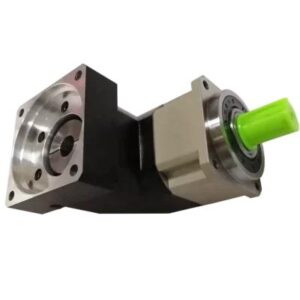
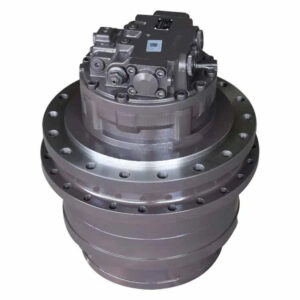
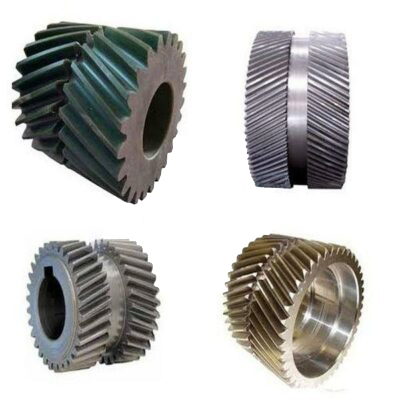
 Similarities between single helical gear and double-helical gear
Similarities between single helical gear and double-helical gear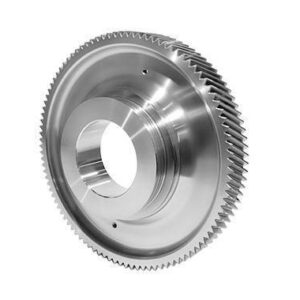
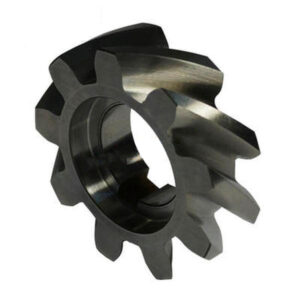
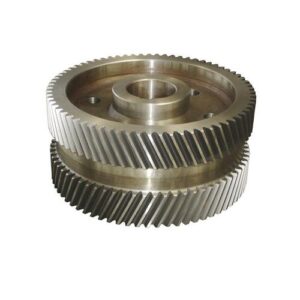
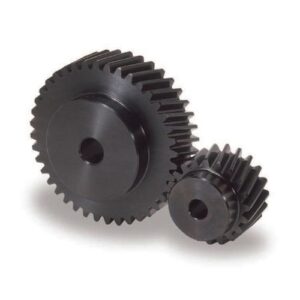
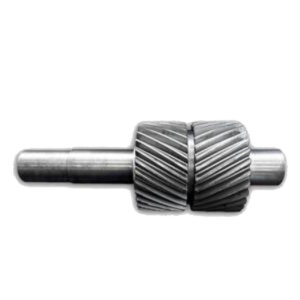
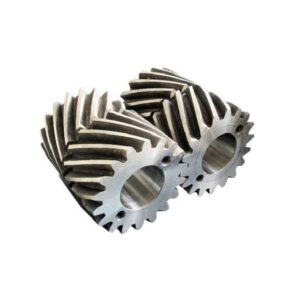
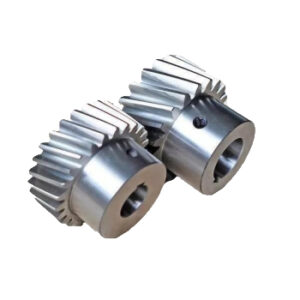
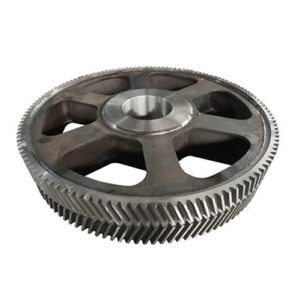
Reviews
There are no reviews yet.